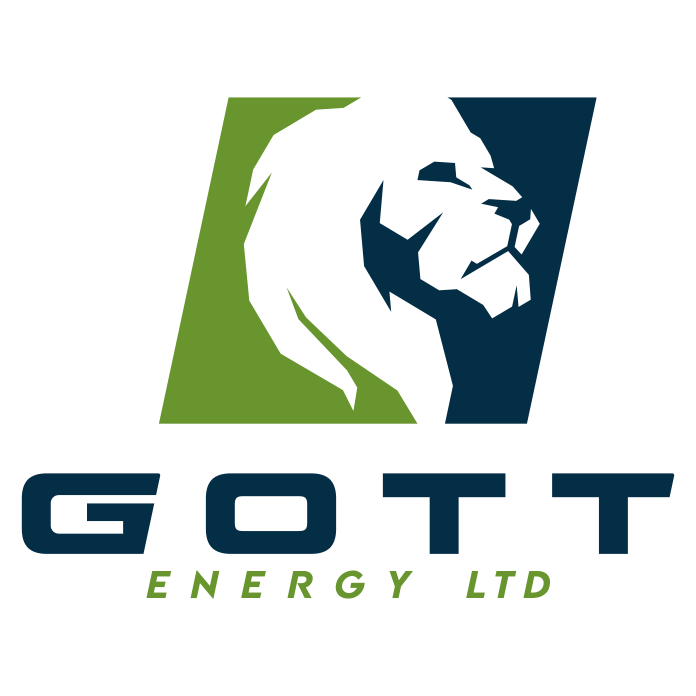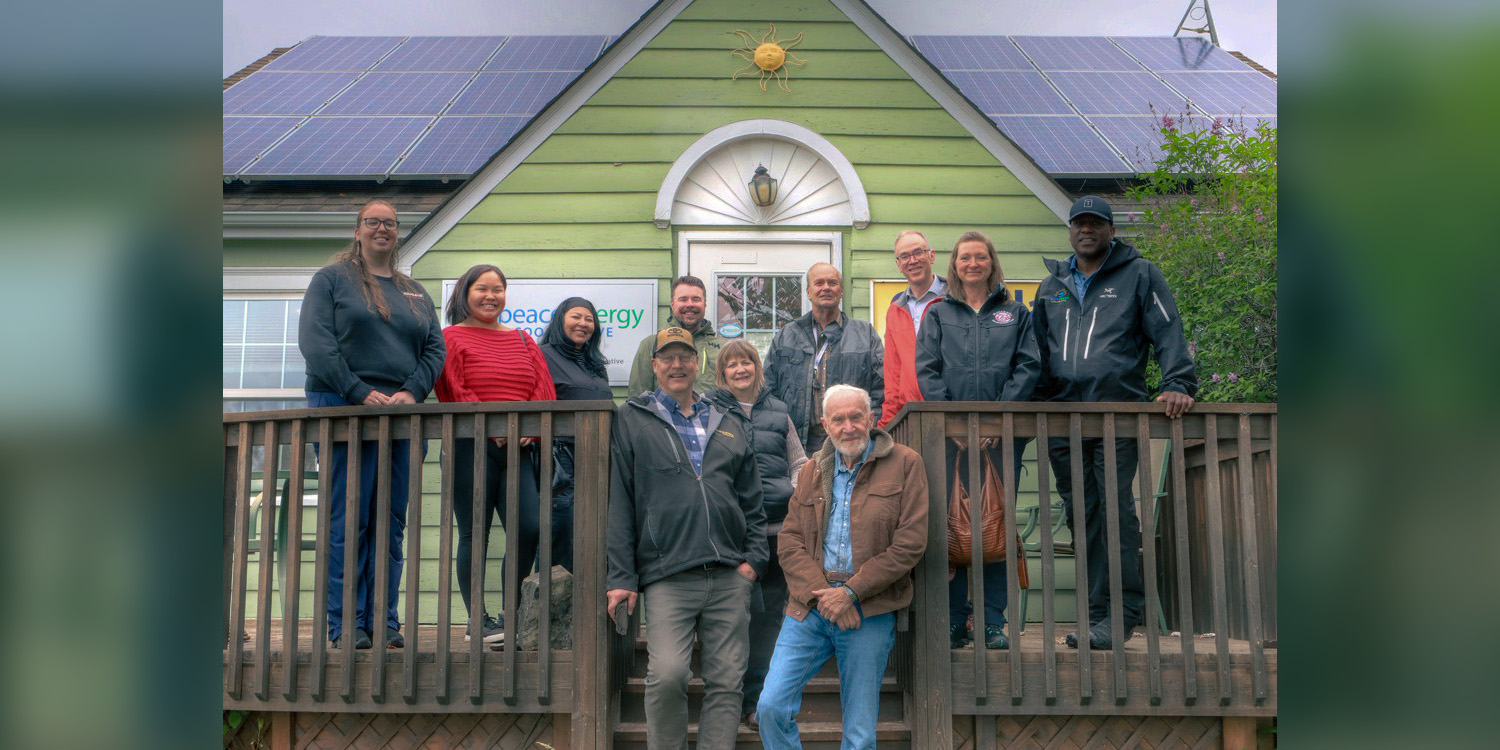
Northern BC Solar Projects Deliver Cost Savings, Energy Security, and Community Value
September 4, 2025
Northeastern BC is leading the province on community-scale solar energy. This is why, in June 2025, Community Energy Association organized a two-day tour in the region for representatives of First Nations communities, municipalities, funding organizations, non-profits, community development organizations, and local solar installers.
The group visited a variety of solar installations of different sizes and ages, and learned about the local context and purpose for the solar projects, barriers that were overcome, costs and funding sources, how the size of each solar installation was determined, and performance of the systems to date.
By meeting local proponents and seeing projects with their own eyes, tour participants learned that solar power simply works in northern and rural communities. In addition to providing reliable and low-cost electricity, solar installations can free up funding for local services and bring multiple other benefits to communities such as additional local jobs, external funding for critical infrastructure upgrades, and community pride.
Photo by Don Pettit: Representatives of the Peace Energy Co-operative (centre, front) host Northeast Solar Tour participants at the Co-op's office in Dawson Creek.
Discover Northern BC Climate Action
CEA showcases all kinds of energy and climate action taking place in northern BC through the Northern BC Climate Action Network (NorthCAN). This group serves as a hub for sharing information about local initiatives and projects, identifying opportunities to collaborate, and leveraging capacity in northern BC.
At the conclusion of the tour, all of the participants reported being more interested in implementing community solar projects than they were beforehand. The post-tour survey, conversations with participants, and reflections of CEA staff revealed the following key takeaways about solar energy in Northeastern BC.
#1
Northern BC’s location and climate, existing solar technology, and access to funding are not meaningful barriers to implementation.
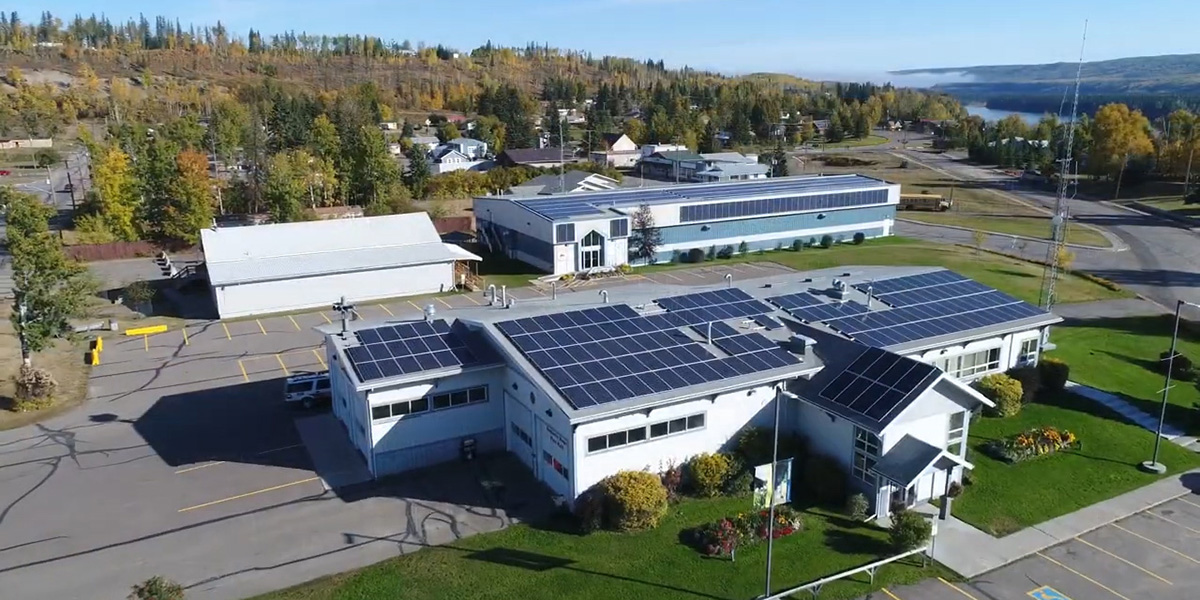
The community of Hudson’s Hope, with fewer than 1,000 residents, acquired nearly $1.3 million in funding in 2018 to install the largest municipal solar project in BC. Today, the solar panels on nine civic facilities, including the arena, public works facility, and municipal hall, generate about half of the power those facilities use in a year and have saved the community nearly $450,000 to date.
#2
Communities often arrive at solar as a result of pursuing other priorities related to increasing the longevity of existing infrastructure, improving energy security, and gaining operational efficiencies.
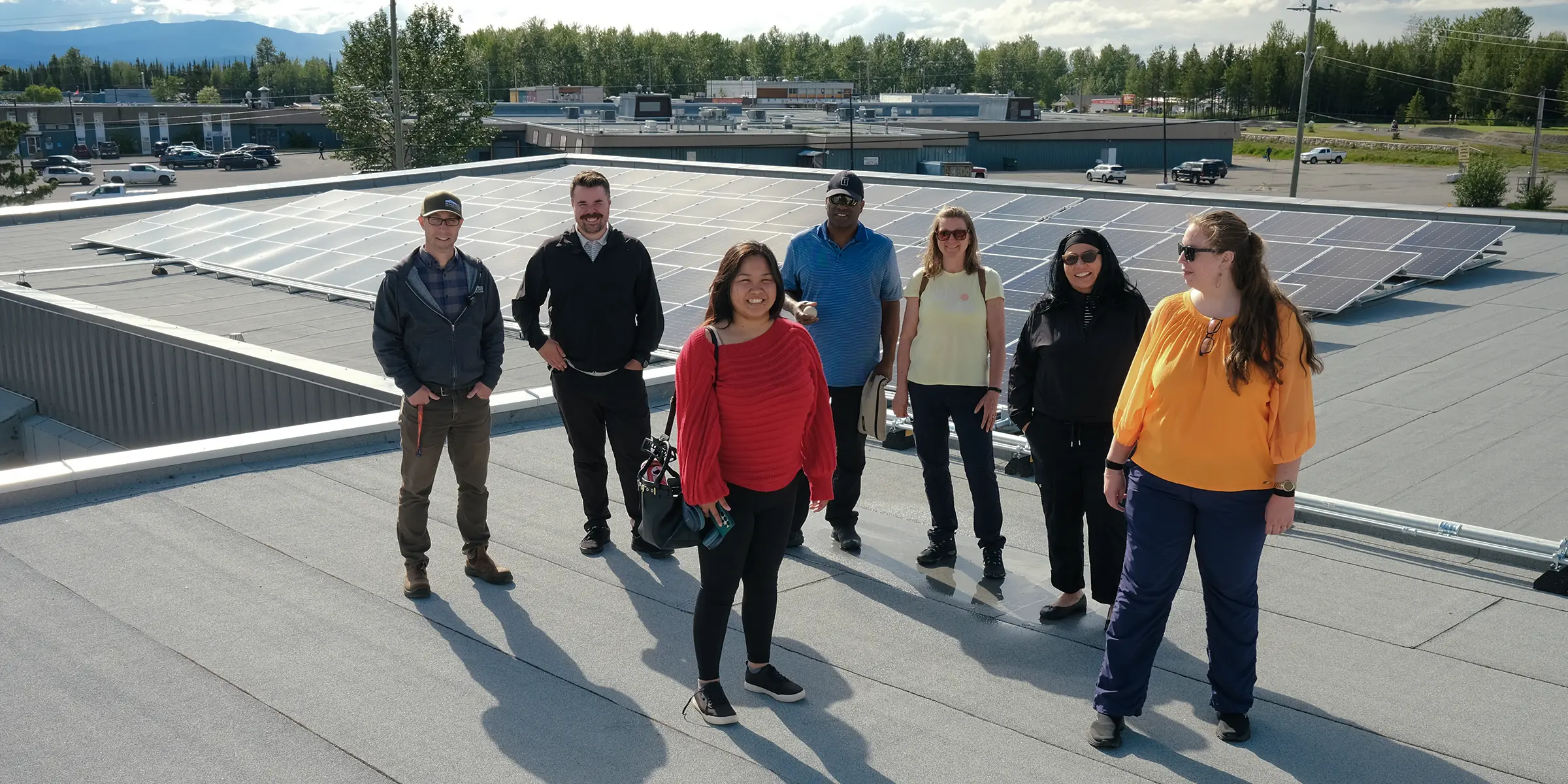
A failing floor in the District of Mackenzie’s 50 year old arena prompted the municipality to rebuild the floor and install a heat recovery system with a heat pump that captures waste heat from the arena and uses it to warm the pool and other facility spaces, using solar panels to power the heat pump. The improvements are adding 30+ years to the facility’s life and cutting energy consumption by an estimated 28%.
#3
Local resolve, commitment, and partnerships are critical to take a solar project from “idea” to “operation” – a process that can take many years.
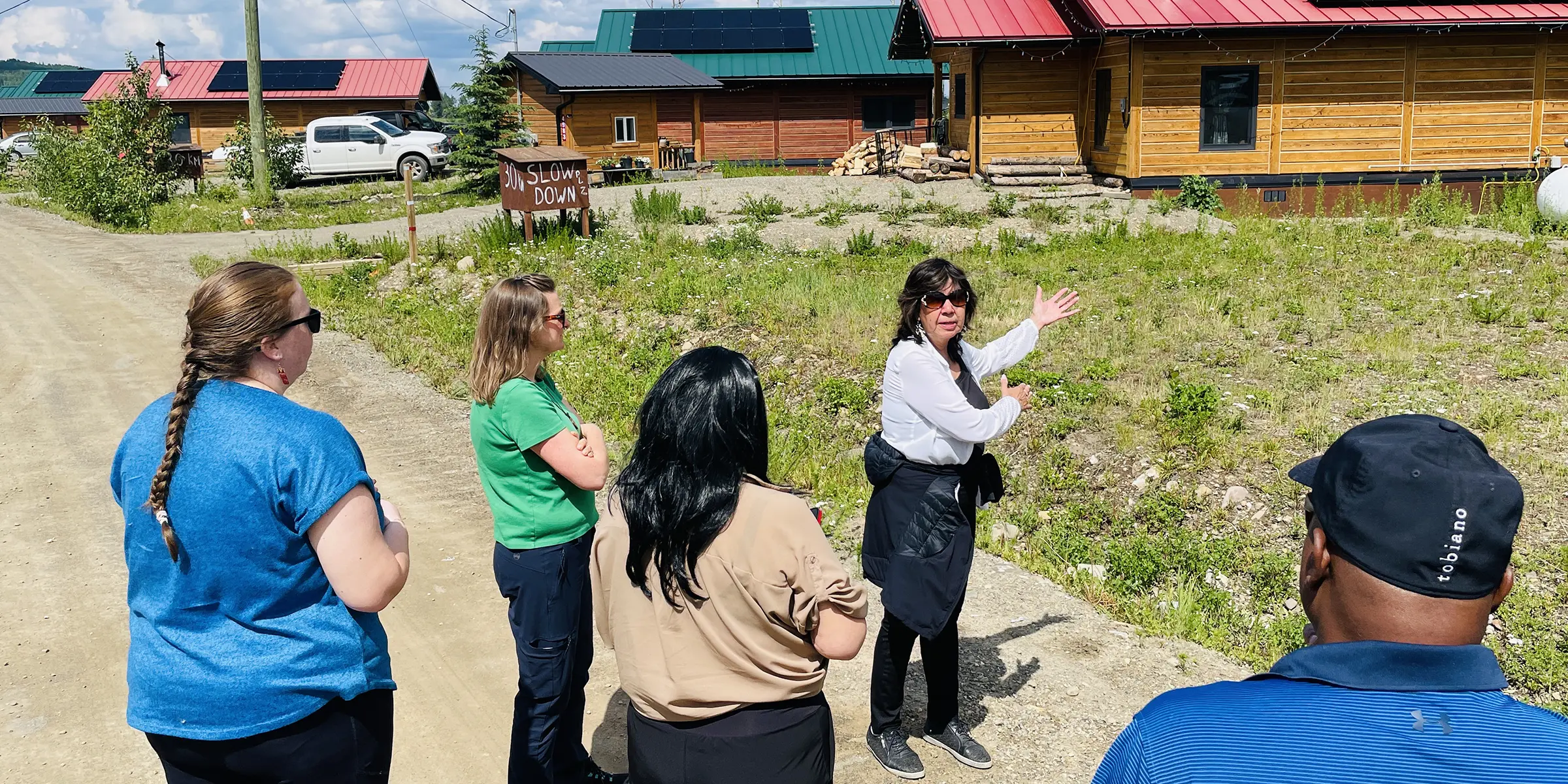
In the Saulteau First Nations, the community committed in 2016 to making energy resiliency and self-sufficiency a priority. Solar panels were first installed on 10 new elders’ homes in 2020 and by the end of this year, it’s expected that 90% of the homes in the community will have a solar installation. Solar is now the backbone of an energy-efficiency pathway for the First Nation, which is expanding to include improved home insulation and battery back-up programs.
#4
In addition to simply “saving money on utility bills,” solar projects free up operating funds for community services and new jobs.

Additional jobs and capacity-building – including new training and summer employment for students – was highlighted in Hudson’s Hope and the Saulteau First Nations. In addition, the North Peace Museum in Fort St. John identified how solar is eliminating nearly all of their annual electricity costs and is providing the initial funding to add a new staff position.
For those who missed out on the tour but are still interested in exploring the potential of solar in community applications, the tour hosts provided some advice:
- Take some time to learn about solar as one potential source of energy for your community. Identify potential sites that have a southern orientation and are relatively large consumers of electricity.
- Reach out to people and businesses in your community/region who have experience or expertise and invite them to help develop the opportunity, including identifying potential capital costs and sources of funding, as well as whether the solar panels should be mounted on the ground or roof.
- Establish a community goal/vision with the local government and simultaneously foster public awareness and support.
- Document the situation prior to installation of the solar panels so the impact and outcomes of the project can be tracked. Documentation should include energy consumption and cost savings, but also local training and jobs that resulted from the project and the community services that were funded from the savings.
The Northeast Solar Tour is one example of how CEA is showcasing the leadership of Northern BC communities to inspire even more participation in local climate and energy initiatives.
The tour was enabled by funding support from BC Hydro, Gott Energy, and Northern Development Initiative Trust.

